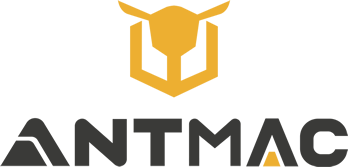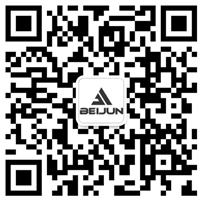Scissor Lift Pricing Analysis: Technical Trade-offs Across Power, Chassis, Functionality, and Height
Deep Dive: Multi-Dimensional Factors Influencing Scissor Lift Prices
In the aerial work equipment sector, price variations for scissor lift platforms fundamentally reflect a combination of technical configurations and scene adaptability. From power systems to functional setups, and from chassis designs to lifting heights, every parameter choice mirrors a gradient of equipment performance. This article dissects the technical logic behind pricing across four core dimensions, while showcasing how industry leader Ant balances performance and cost through quality control and innovative design.
1. Power Systems: Traditional Electric vs. Lithium-Ion Technology
The choice of power system directly impacts equipment applicability and lifecycle costs. Traditional electric models, built on reliable lead-acid batteries, meet routine indoor work needs. Their stable power output and simple maintenance make them a mainstream choice for entry-level markets.
Lithium-ion (Li-ion) technology, however, offers a premium solution for high-end scenarios. Lightweight Li-ion battery packs extend operational time per charge by 30%+ and feature low-temperature resistance, maintenance-free operation, and a service life 2-3 times longer than lead-acid batteries. These advantages position Li-ion models as the first choice for complex environments like cold-chain logistics and outdoor operations. While Li-ion as an optional configuration may increase upfront costs, its environmental benefits and energy efficiency are driving growing adoption.
2. Chassis Design: Wheel-Type Agility vs. Crawler-Type Durability
Chassis structure is a core determinant of terrain adaptability:
Wheel-Type Chassis: Prioritizes mobility, suitable for controlled environments like indoor factories or hardened surfaces. Their simple mechanical design and lightweight construction enable flexible maneuvering in tight spaces, balancing efficiency and cost.
Crawler-Type Chassis: Optimized for complex terrains—mud, gravel, and wilderness—these feature increased ground contact area and reinforced track treads for low-center-of-gravity stability. Built with high-strength steel frames and precision suspension systems, they maintain superior passability and anti-tip capability on slopes exceeding 5 degrees or soft ground.
The price difference between the two chassis types embodies "scene specialization": wheel-type models excel in affordability, while crawler-type models cater to premium outdoor/municipal applications as "all-terrain conquerors."
3. Functional Configurations: The Value of Intelligence and Safety
Functional richness directly impacts operational efficiency and safety:
Basic Models: Meet core needs like lifting and moving, ideal for simple maintenance tasks. Their standardized design maximizes cost-effectiveness.
Intelligent-Upgraded Models: Enhance productivity through technological empowerment:
Automatic Leveling Systems quickly calibrate platform levelness on uneven ground, reducing manual intervention and cutting setup time by 50%+ for high-efficiency scenarios like emergency repairs.
Intelligent Overload Warning uses pressure sensors to monitor load in real-time, triggering visual/audio alarms near capacity to mitigate safety risks.
Remote Operations Modules enable real-time equipment monitoring and fault prediction, facilitating "preventive maintenance" and minimizing downtime losses.
These features not only demonstrate technical prowess but also create quantifiable economic value by expanding equipment productivity limits.
4. Lifting Height: The Technical Leap of Vertical Capability
Lifting height is a core indicator of operational range, with price gradients reflecting breakthroughs in materials science and engineering mechanics:
Low-Altitude Models (≤6m): Compact scissor structures ensure portability for warehouse shelving maintenance and indoor decoration. Standardized production keeps costs controllable.
Mid-High-Altitude Models (8-16m): Require high-strength manganese steel arms and large-displacement hydraulic pumps to ensure stability and wind resistance at height.
Ultra-High-Altitude Models (≥18m): Incorporate aviation-grade aluminum alloys and servo motor precision control. These address complex needs like high-rise exterior maintenance and industrial pipeline inspection, with redundant designs enhancing reliability in extreme conditions.
Every 1-meter height increase demands comprehensive upgrades in material strength, hydraulic precision, and safety protection—the underlying logic of "height equals value" in aerial equipment.
Quality as a Foundation: How Ant Redefines Scissor Lift Value
As an industry leader, Ant adheres to the philosophy of "technology for all," offering both electric and Li-ion power options and covering all functional needs—from stable basic models to future-leading intelligent ones. Whether for the agile mobility of wheel-type models or the off-road resilience of crawler-type models, Ant employs a full-process quality control system: from CNC machining of scissor arms to load testing of hydraulic systems, and from EMI testing of electrical circuits to extreme environment simulations for the entire machine, ensuring optimal performance in target scenarios.
Procurement Tips: Beyond Price, Focus on "Scene Fit"
Faced with diverse equipment options, users are advised to:
Clarify Core Needs: Prioritize terrain characteristics, load requirements, and height limits of the work scene to avoid paying for redundant functions.
Consider Hidden Costs: The long lifespan of Li-ion batteries and the maintenance efficiency of intelligent functions often have a greater impact on the total cost of ownership (TCO) than upfront costs.
Choose Trusted Brands: Opt for manufacturers with R&D strength and comprehensive after-sales support to ensure technical assistance and performance assurance throughout the equipment lifecycle.
The price of a scissor lift platform is more than a numerical label; it is a comprehensive reflection of technical value and scene adaptability. Ant delivers "value-for-money" aerial work solutions for diverse needs through craftsmanship and innovative technology, ensuring every lift is a dual guarantee of safety and efficiency.
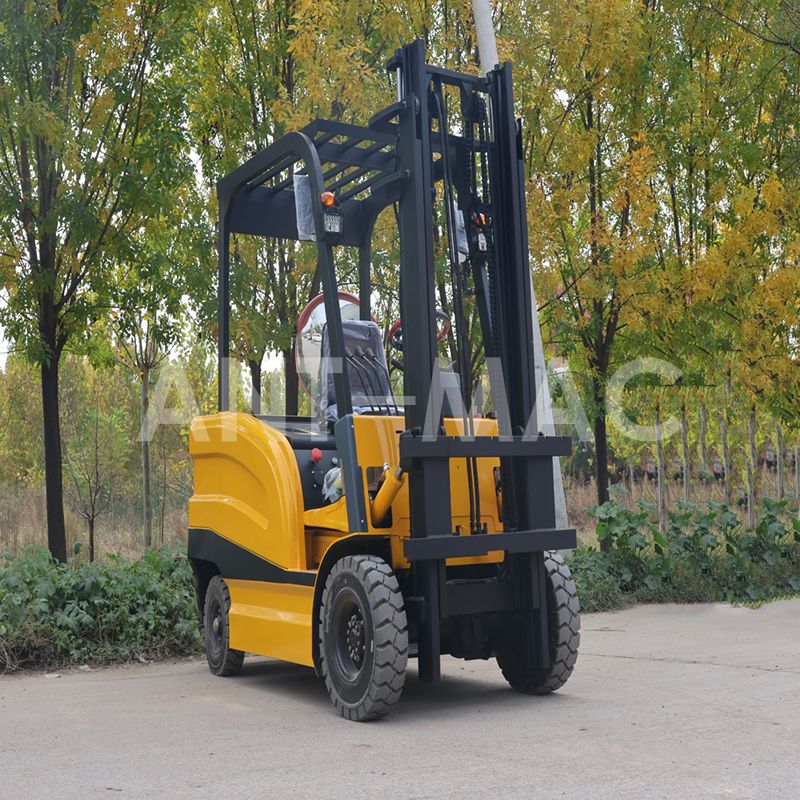 Industry Trendsetter: Antmac's
Industry Trendsetter: Antmac's
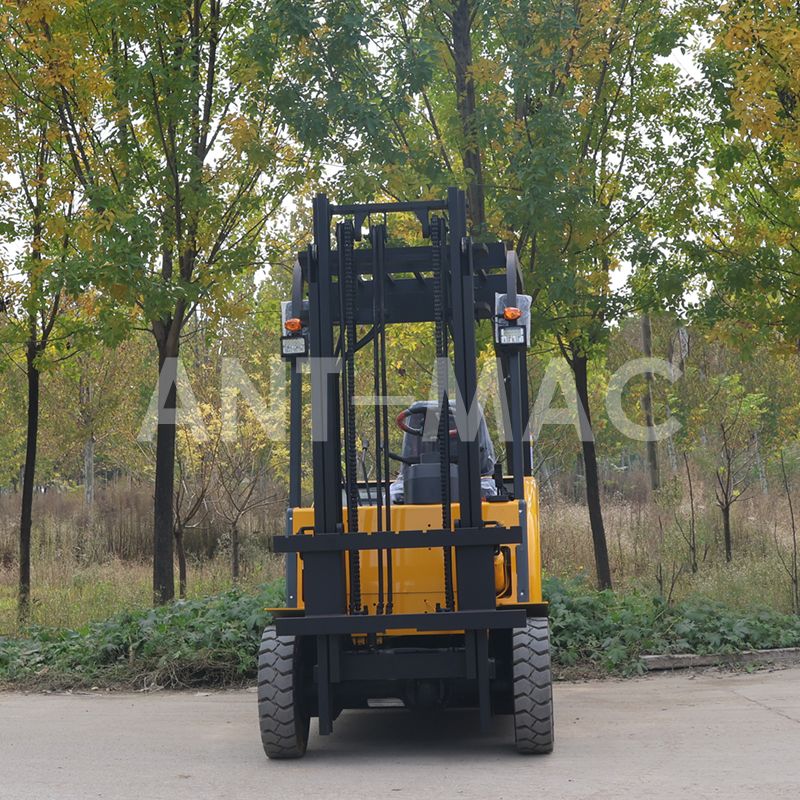 Antmac Leads Industry Upgrade
Antmac Leads Industry Upgrade
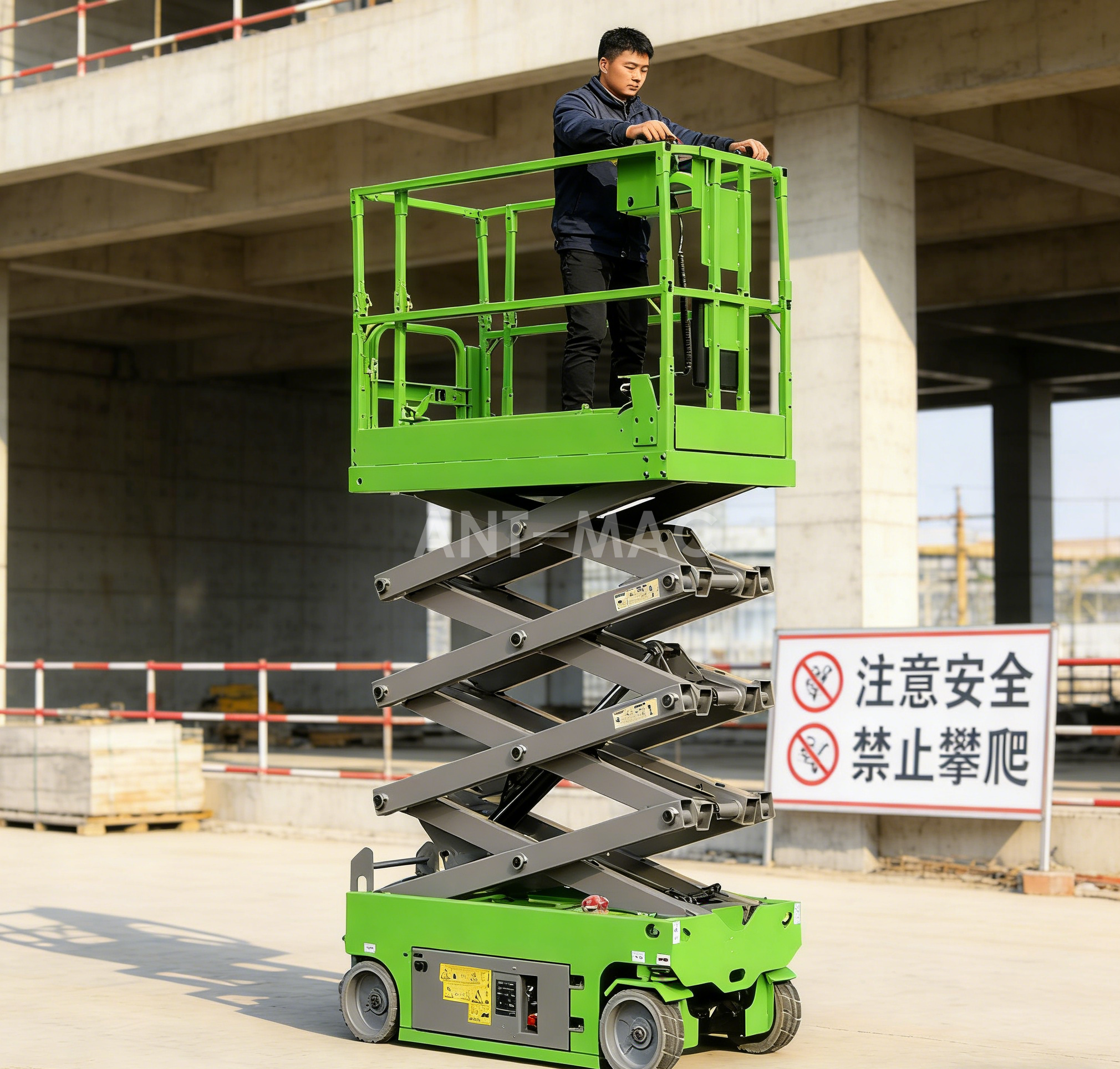 Beyond Lifting: Redefining Con
Beyond Lifting: Redefining Con
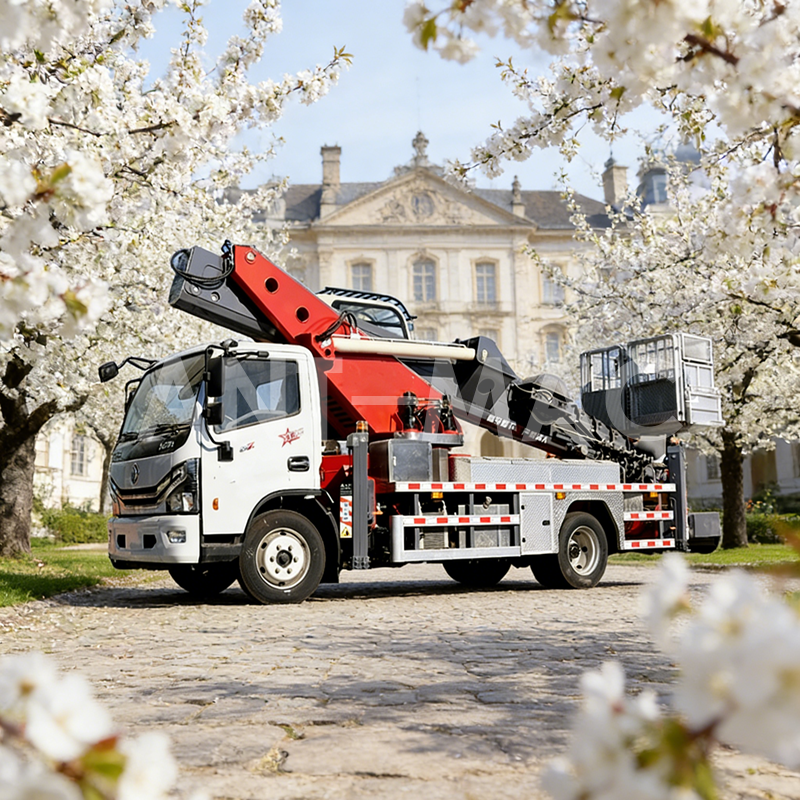 In-depth Analysis of Return on
In-depth Analysis of Return on
 Russian
Russian